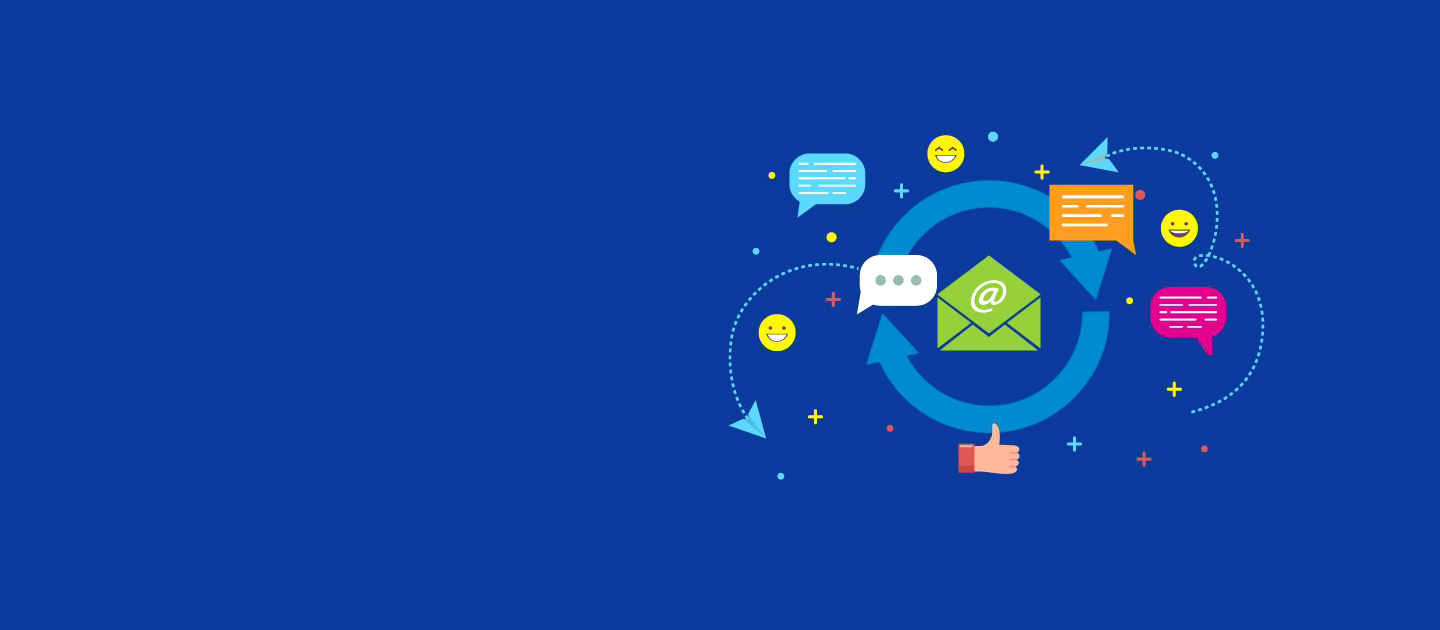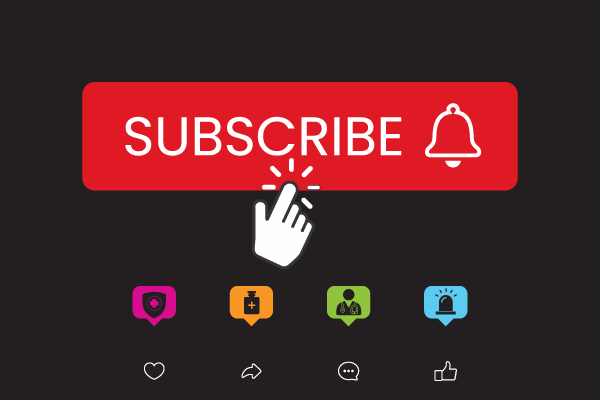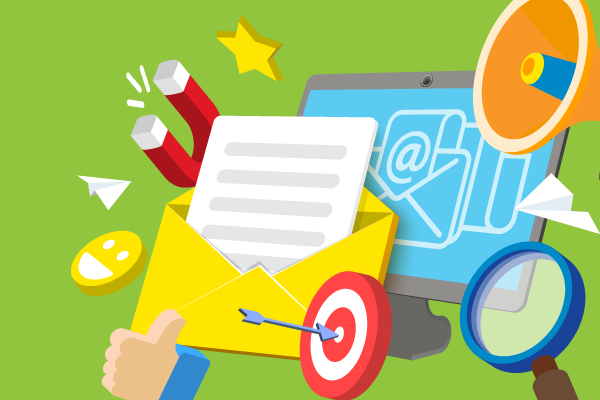Want more insights on all things content?
Sign up for WG Content’s newsletter, Content Counts.


Boost your email marketing campaigns in the health space with strong email subject lines, preheaders and more.


Author: Abbie Krajewski
Last updated: 06/12/24
Despite overflowing inboxes, email continues to deliver a high return on investment (ROI) for marketers. Litmus reports that for every dollar spent on email marketing, the average ROI is $36. Those are the kind of returns you can’t ignore, which makes it a crucial channel for healthcare marketers to master. But before you can report ROI like that, you have to get your readers to open and click. Let’s explore the latest in email best practices and focus on email subject lines, preheaders and other key elements to help your emails stand out in even the busiest of inboxes.
For many reasons, email marketing has been a go-to marketing tactic for decades. It allows marketers to:
Plus, consumers still value it. A recent survey from Constant Contact reports that 55% of consumers prefer email for business communication.
Think readers are judging your subject lines? They are. According to Optinmonster, 47% of email recipients open an email based on the subject line alone. And another 69% of email recipients report emails as spam based only on the subject line. Since the subject line is the first thing a recipient sees in their inbox, it’s essential that it grabs attention. But it needs to do so in just the right way so it won’t appear to be spam. It’s a fine line to walk. Here are six ways to craft email subject lines that strike the perfect balance:
Everyone likes it when someone knows their name. That’s why personalized subject lines can increase open rates by 26%. In healthcare, better open rates can translate to better patient engagement and appointment attendance. For instance, using the patient’s name can make the email feel more personal and relevant to them. Here are two examples:
Keep your subject line short and sweet. Subject lines with 6-10 words tend to have the highest open rates. This translates to about 50 characters or fewer, which makes sure readers can see your message even on mobile devices. Here are two examples:
Creating urgency in your subject line can encourage recipients to open the email immediately. This tactic works well for appointment reminders, limited time offers and urgent health information.
Here are a couple of examples:
Certain words and phrases can trigger email filters and send your message to spam.
Avoid using phrases or words like these in your subject lines when possible:
Instead, focus on informative and relevant language that conveys value to the recipient.
Additionally, avoid using these tactics:
See HubSpot’s full list of spam words to avoid.
Emojis are eye-catching. But use them sparingly and appropriately.
Studies show that including an emoji in the subject line can increase open rates, but it’s essential to make sure that it aligns with your brand’s voice and the email’s content.
Here are two examples:
While clever and catchy subject lines can grab the reader’s attention, never let it get in the way of clarity. A clear subject line that tells the reader exactly what to expect often performs better than one that is overly creative but ambiguous.
Here are two examples that balance these elements:
Learn how to plan content for effective patient communication. Download the WG Content e-book
A preheader appears beside or below your subject line in most email clients (the software application that is used to access, manage and send emails – such as Apple, Gmail and Outlook). While many marketers overlook this space, it is a valuable tool for grabbing readers’ attention and encouraging them to open your email.
Here are three tips for crafting an effective preheader:
Let’s say your healthcare practice is rolling out a new wellness program.
Here’s how your subject line and preheader might look:
This subject line clearly states what the email is about, while the preheader provides additional context, which entices the reader with the promise of personalized health plans. Many marketers test personalizing the subject line or the preheader to see which performs better.
Using both effectively maximizes the chances of engaging your audience and encouraging them to open the email.
Sending the same message to your entire list can be a hit or miss. Different people have different interests and needs, so sending a generic message may not resonate with all of them.
This is where audience segmentation comes in. Try dividing your email list into smaller groups based on the following criteria:
Segmenting your audience helps you create more targeted and relevant emails. For instance, when emailing about a women’s health workshop, you can target female subscribers in a specific location.
One of the beauties of email marketing is the ability to test and optimize over time.
A/B testing the following elements can help you improve your email open and click-through-rates (CTRs):
Testing and optimizing these elements allow you to see what resonates best with your audience and make the necessary tweaks to maximize engagement. You can also see how your emails perform send-over-send and month-over-month.
There are also numerous key performance indicators you can track for your email campaigns. At a minimum, keep track of the following metrics to measure the success of your email campaigns:
Curious to know what metrics you should be aiming for? According to Campaign Monitor, the average open rate for healthcare services emails is 23.7% and the average CTR is 3%. These numbers can vary based on your audience and campaign goals, so it’s essential to track your own metrics regularly.

Email marketing can be complex, but WG Content is here to help. Our team of experts can assist you in crafting compelling emails that drive results.
Whether you need help with email subject lines, preheaders or overall strategy, we have the tools and expertise to elevate your email marketing campaigns. Contact us today to start your project.
Craft compelling subject lines and preheaders, personalize your emails and make sure your content is relevant. Segmenting your list and conducting A/B tests can also provide insights into what works best.
Make sure your content is valuable and engaging. Use clear and compelling CTAs, include visually appealing images and make sure your email is mobile-friendly. Testing different elements and analyzing the results can help optimize emails for better performance.
TextA great email subject line is clear, concise and relevant to the recipient. It should create a sense of urgency or curiosity without being misleading. Personalization and occasional use of emojis can also enhance your subject line’s effectiveness.
Sign up for WG Content’s newsletter, Content Counts.


Find out how four hospitals use email newsletters to drive...


Follow these email marketing tips and learn how to engage...


Find out how these health systems support DEI holidays, like...
All Rights Reserved. Site by Reason One